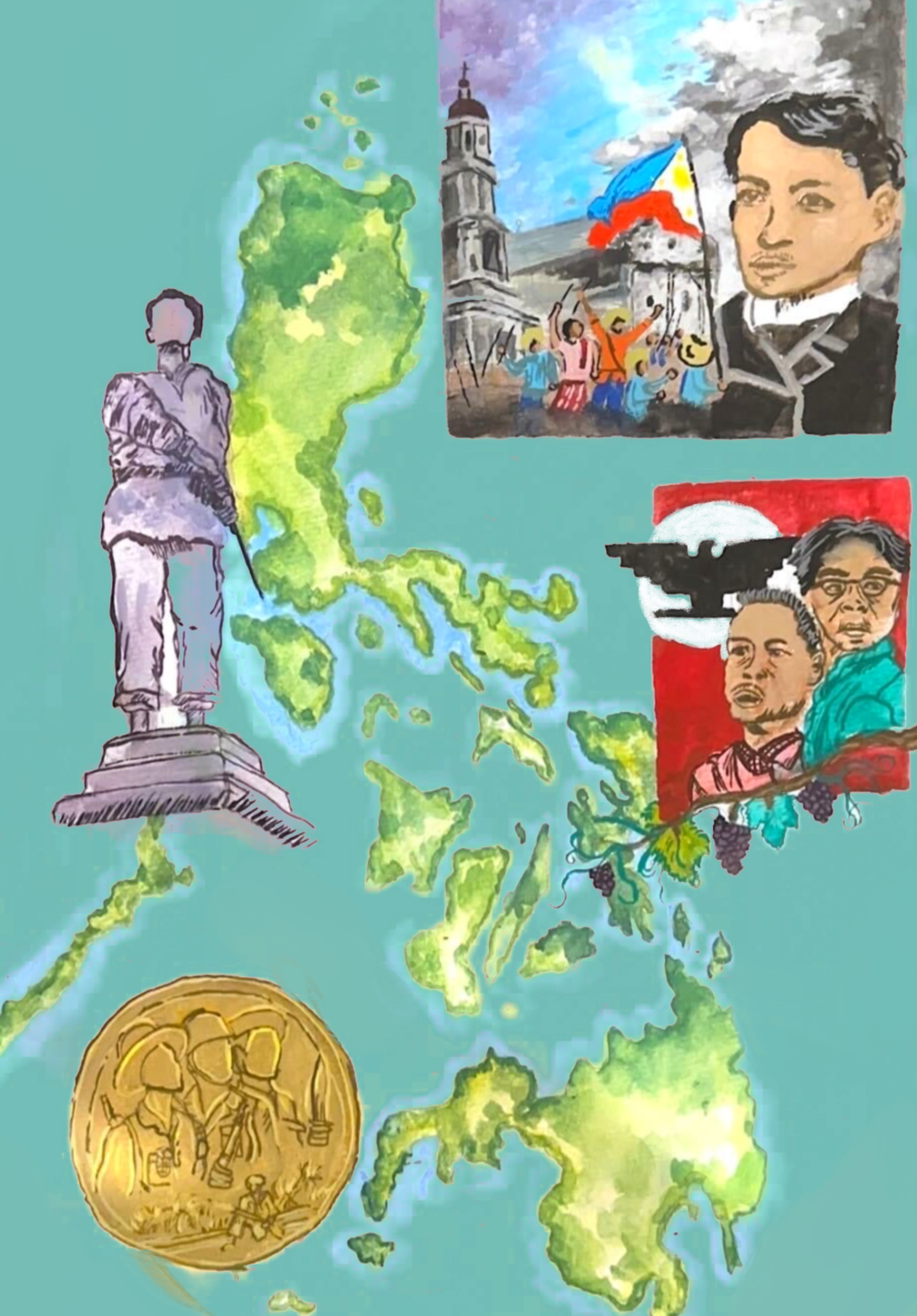October is Filipino American History Month, which was created by Filipino American activists and first celebrated in 1992. At Berkeley High School (BHS), students are using the month to learn about and discuss Filipino and Filipino American history and culture.
According to Matthew Laurel, who teaches Asian American and Pacific Islander (AAPI) Literature at BHS, Filipino Heritage Month is about recognizing the people who helped elevate the lives of Filipino-Americans, like Larry Itiliong or Philip Vera Cruz.
“History is really looking at individuals who were important in our story, whereas heritage is more about the cultural elements, which are also important,” said Laurel. “It’s important to draw attention to the people themselves.”
For Camille Jacala, a senior in Berkeley International High School (BIHS), this month is important because it celebrates her family, her grandparents immigrating to the US, and their contributions to the second world war.
“Without my grandparents and their history, my family and I would not have the same opportunities we have today,” said Jacala.
Education about Filipino Heritage Month also plays a role in celebrating and honoring Filipino culture.
Laurel said he is introducing a new Filipino American historical figure each day to his students, and teaching his son about Filipino and Filipino-American History.
“It’s important; it’s who he is,” said Laurel. “Filipinos fought in World War Two, Filipinos worked in the farms in the Central Valley of California with Cesar Chavez, Filipinos fought for ethnic studies at San Francisco State and UC Berkeley in the 1960s and 70s. A lot of the resources and privileges and amazing things we have today exist because of the sacrifices and the work and the movements that Filipinos and Filipino Americans did.”
Laurel said that it’s important to know the people from your ethnicity and heritage who helped cultivate who you are and what you mean in society today.
Margaret Sandiego, a senior in Communication Arts and Sciences (CAS), said that Filipino Heritage Month is often overlooked, but is an important part of recognizing and learning about different cultures.
“I think Filipino Heritage Month kind of gets looked over as just another month in October,” said Sandiego. “We should spend a little bit more time talking about it because the first step is always acknowledging it, but then the awareness of others accepting the culture and learning about it more.”
According to Sandiego, Filipino culture often includes Filipinos trying to help others when they can, even if they don’t have many resources.
“I think that kind of embodies Filipino culture as a whole,” said Sandiego. “I think Filipinos have always had that kindness and wholeheartedness that made them want to be part of the community and to share what they had. Even if it was only a little bit because kindness went a long way for them. ”
For Sandiego, in a society that is still working on equality and representation for all ethnicities, it’s important to do what you can to feel proud of your culture. They mentioned that feeling proud of your heritage can include joining a student-led cultural club, making and designing a presentation that showcases your origins, or taking the time to ask about your family’s personal history. It really makes a difference.
“It’s very important to recognize this month because there’ve been a lot of contributions that Filipinos and Filipino Americans have made to our society and to our history,” said Jacala. “It’s important for kids from underrepresented backgrounds to know who Filipino figures are, and to be inspired by their perseverance and leadership. Knowing about these underrepresented and less recognized voices can inspire a new generation of activists, educators, and change-makers.”





